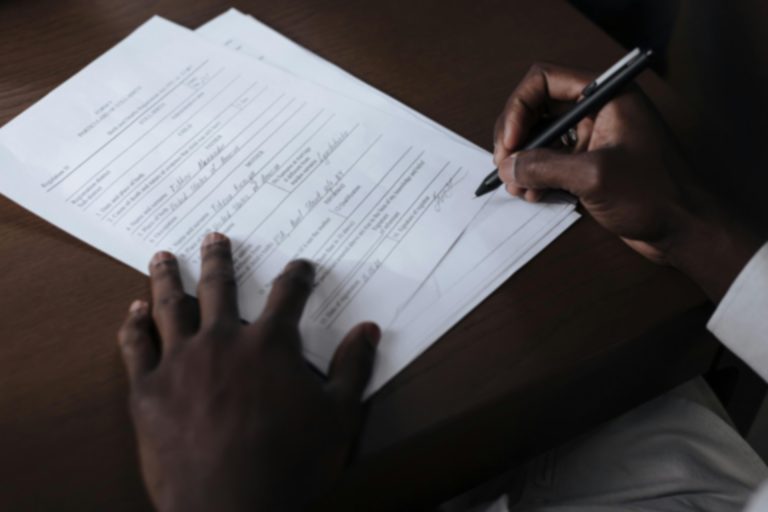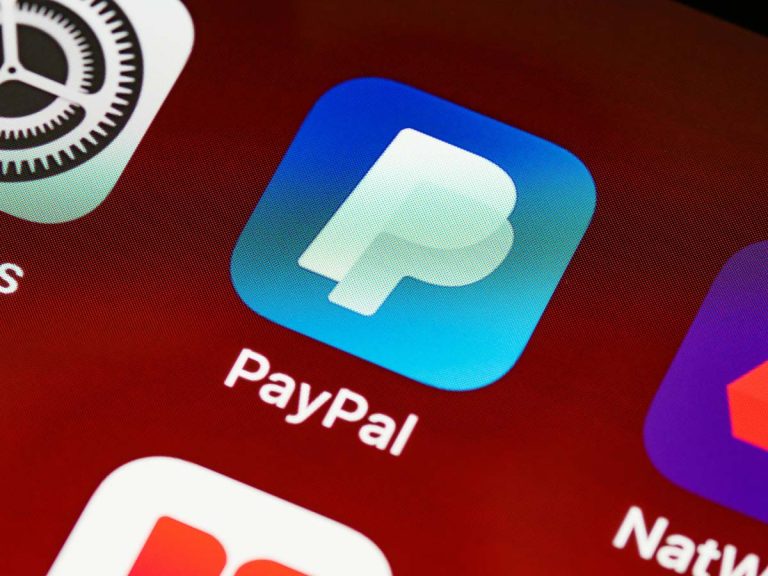As you plan for business succession or establish a new corporate structure, it’s important to think about how control and ownership will transition if a key person in the business experiences:
- The death of a business partner (life insurance)
- Total and permanent disablement (TPD insurance)
- Suffering a trauma such as heart attack, stroke, cancer, and paraplegia (trauma insurance) with long-term implications.
These are termed “exit events.”
Commonly, business owners prefer a buyout of the departing individual’s stake as it serves to mitigate several key risks:
- Avoiding Forced Sale: Without Buy/Sell insurance, the remaining owners might be compelled to liquidate the business in order to financially settle with the departing owner or their estate.
- Preventing Ownership Gridlock: The business operations or control over its assets could be paralysed due to legal complexities arising from the exit of an owner, or intervention from their spouse or estate.
- Reducing Legal Battles: The insurance can minimize the risk of legal disputes concerning the valuation or payout amounts, thus simplifying the transfer process.
- Maintaining Business Control: It prevents a scenario where the spouse of a departing owner, against the preferences of the remaining owners, opts to become an active business partner instead of accepting a buyout.
- Stopping Unearned Profit Sharing: The insurance arrangement protects against a situation where the family or spouse of a departing owner exercises their legal entitlement to a share of the business profits without contributing to the operations.
- Blocking Undesirable Third-party Entry: Without Buy/Sell insurance, the spouse or estate of a departing owner could potentially sell their share to an external party who may not align with the existing owners’ business goals or strategies.
By addressing these risks, Buy/Sell Agreements ensure smoother transition and ongoing viability for the business.
How do Buy-Sell Agreements work
A Buy/Sell Agreement allows business owners to plan how their interests in a business will be transferred to the remaining owners should an exit event occurs (ie death or unable to work). A buy/sell agreement typically consider the following:
- A mutually agreed valuation method for the business.
- A mechanism to provide the departing owner or their estate with the full market value of their stake, following an exit event.
- Financing options for remaining owners to purchase the exiting owner’s stake.
Buy-Sell Agreements can either be a part of broader agreements like Shareholder or Partnership Agreements, or standalone documents.
Typical Structure of A Buy/Sell Agreement
- Transfer Mechanism: The agreement outlines how a businessowners usually includes a put option for the exiting owner and a call option for the remaining owners.
- Funding Strategy: Insurance is commonly used to facilitate the buyout, as it avoids the need for the remaining owners to use personal savings or borrow money. Methods to hold insurance policies include:
| Self-Owned Policies | Each owner holds a policy for their life. On an exit event, the payout either goes to the person or their estate, effectively lowering the selling price of their business share. This approach is straightforward because it allows each partner to manage their own insurance, simplifying the process when new members enter the partnership. According to the terms of the buy/sell agreement, if a specified event occurs that’s covered by the contract, the exiting partner’s business stake would typically go to the remaining owners. If the triggering exit event is also covered by the individual’s life insurance, the agreement would specify that the insurance payout counts as either a complete or partial payment for the outgoing partner’s share in the business. Generally, these insurance proceeds are received tax-free by the exiting business owner or their estate. |
| Joint Ownership Model | In this arrangement, all business co-owners jointly hold an insurance policy covering each other’s lives. Should a claim-triggering exit event occur, the insurance money is paid to the remaining policyholders, who then use it to either partially or fully buy out the departing owner’s stake in the business. This approach is best suited for scenarios where the roster of business partners is expected to remain stable. Within the buy/sell agreement, the acquisition of insurance proceeds is designed to facilitate the purchase of the exiting owner’s business interest. While death benefits are typically tax-free, there might be capital gains tax (CGT) implications under certain circumstances. CGT considerations may also apply to Total and Permanent Disability (TPD) or trauma insurance policies. |
| Cross-Ownership Model | In this setup, every business partner holds a policy on the lives of the other owners. The buy/sell agreement stipulates that the insurance payout will be used to acquire the exiting owner’s share in the business. This option can become complicated if there are more than two business owners, and could potentially trigger capital gains tax liabilities on TPD and trauma policies, especially if the owners are not closely related. This approach is somewhat inflexible as an outgoing business owner cannot take the policy with them upon exit either via a planned or unplanned exit event. In addition, if an outgoing business owner, for example, retires at the age of 60 years, it is unlikely that he/she will be able to either obtain a new self-owned policy at that age due to health reasons or even if that is possible, the premiums will normally be exorbitant. Another potential problem with owning the insurance this way is that is difficult to remove or add partners to your business. Everything has to be restructured each time there is a change. |
| Discretionary Trust Model | Insurance policies are held by a specialised discretionary trust, created solely for this purpose. Should an exit event take place, the claim proceeds are funnelled into the trust. The trust’s governing document will outline the distribution of these funds. This model is highly flexible, particularly useful for businesses with multiple owners, frequent changes in ownership, or for individuals requiring multiple insurance policies for various reasons. However, the setup and maintenance of the trust will incur additional costs. The tax implications on the insurance proceeds will vary based on how the trust is structured and who the ultimate beneficiaries are. |
| Company Ownership Model | In this arrangement, the business itself owns insurance policies for each of its co-owners. When an exit event occurs, the company is the beneficiary of the insurance proceeds. Generally, the buy/sell agreement mandates that the company uses the insurance proceeds to repurchase the departing owner’s equity. Subsequently, these shares are annulled, effectively increasing the value of the remaining shares held by continuing owners. Life insurance payouts are usually tax-free. However, capital gains tax (CGT) could be applicable to Total and Permanent Disability (TPD) or trauma insurance payouts. Additionally, the increase in share value could have negative CGT implications for the remaining owners, as the cost base of their shares remains unchanged. |
| Company Ownership Model | In this arrangement, the business itself owns insurance policies for each of its co-owners. When an exit event occurs, the company is the beneficiary of the insurance proceeds. Generally, the buy/sell agreement mandates that the company uses the insurance proceeds to repurchase the departing owner’s equity. Subsequently, these shares are annulled, effectively increasing the value of the remaining shares held by continuing owners. Life insurance payouts are usually tax-free. However, capital gains tax (CGT) could be applicable to Total and Permanent Disability (TPD) or trauma insurance payouts. Additionally, the increase in share value could have negative CGT implications for the remaining owners, as the cost base of their shares remains unchanged. |
- Valuation Method: An important part of a Buy/Sell agreement is reaching a consensus with the business owners on how the business is valued. It is also important to ensure that the level of cover on the insurance policies keeps pace with changes in the business value.
We suggest to our clients the inclusion of a clause in a Buy-Sell Agreement that calls for yearly assessments of the company’s worth, often conducted by the company’s financial expert. This routine valuation serves multiple purposes:- These yearly appraisals can help adjust the insurance coverage to match the business’s current value more accurately.
- Should an owner decide to leave or retire, the most recent valuation can serve as a mutually accepted worth for the company.
- Our recommendation is that these annual valuations should remain independent of any pre-determined business worth. Consider a situation where a valuation is carried out every January, but an owner decides to retire in December. The company’s value may have risen significantly during the intervening months.
- It’s worth noting that, although annual assessments like these are often recommended, they are not always diligently performed. Therefore, it’s crucial for business owners to calendar these reviews to ensure they take place.
Key Variables and Considerations
- Inclusion of critical illnesses as trigger events and the required duration of absence.
- Backup funding sources if an owner is uninsurable.
- Payment terms if insurance does not fully cover the buyout cost.
Tax Implications
- Capital Gains Tax (CGT) considerations exist both on the sale of business interests and receipt of insurance payouts.
- The tax treatment can vary based on multiple factors, including how the policy is structured and who the beneficiaries are.
- In addition to seeking legal advice, tax advice should also be sought to understand the tax implications, including how the insurance proceeds are taxed (because they can vary depending on the ownership and who receives the proceeds) and how to structure the insurance policy ownership.
Case Study
Tom and Chris jointly own a rapidly expanding business. Both have young children and understand that their stake in the company serves as both their primary asset and main source of income. They each obtain life insurance policies equivalent to the value of their respective ownership stakes in the company, along with a formalized buy/sell agreement. Tragically, Chris loses his life in an automobile accident. Following the terms of their agreement, his share of the business is automatically transferred to Tom. Consequently, Tom gains full ownership of the company and can maintain business operations without the financial strain of compensating Chris’s estate. Meanwhile, Chris’s spouse can use the insurance payout to secure the family’s financial future.
By preparing a Buy-Sell Agreement that addresses these considerations, you can secure your business’s future and ensure a smooth transition in case of unforeseen circumstances.
Important Disclaimer: The content of this article is general in nature and for reference purposes only. It does not constitute legal advice and should not be relied upon as such. Legal advice about your specific circumstances should always be obtained before taking any action based on this publication











